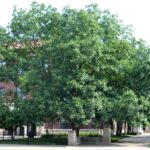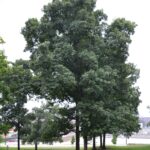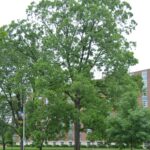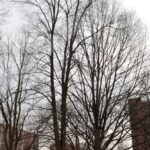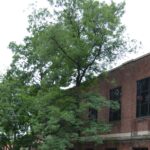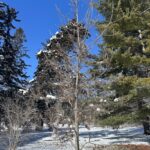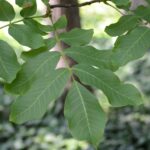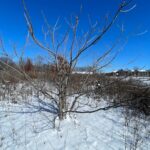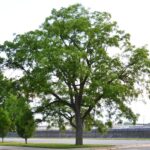Foliage:
Green (Dark yellow-green above, densely pubescent and glandular below in summer); Gold (Golden yellow to golden brown in fall)
Soil:
Prefers moist, well-drained soil
Range:
Massachusetts to Ontario and Nebraska, south to Florida and Texas
Diagnostic Characteristics:
The leaves are alternate, oddly pinnately-compound, 6 to 12" long, 7 to 9 leaflets, with the upper pair 5 to 9" long, 3 to 5" wide and the lower pair two third's that size, oblong to oblong-lanceolate, acuminate, serrate, dark yellow-green above, densely pubescent and glandular below, fragrant when bruised. The petiole and rachis are tomentose.
